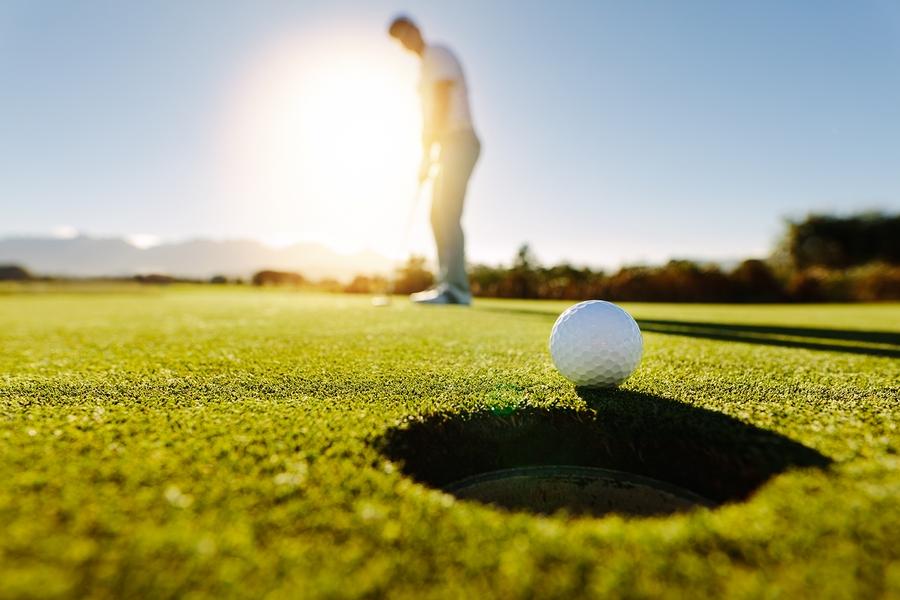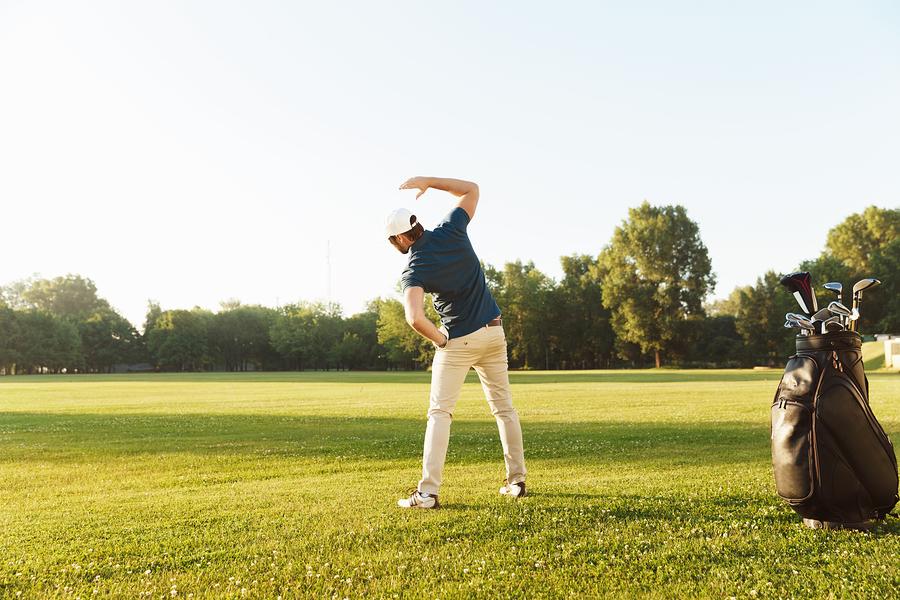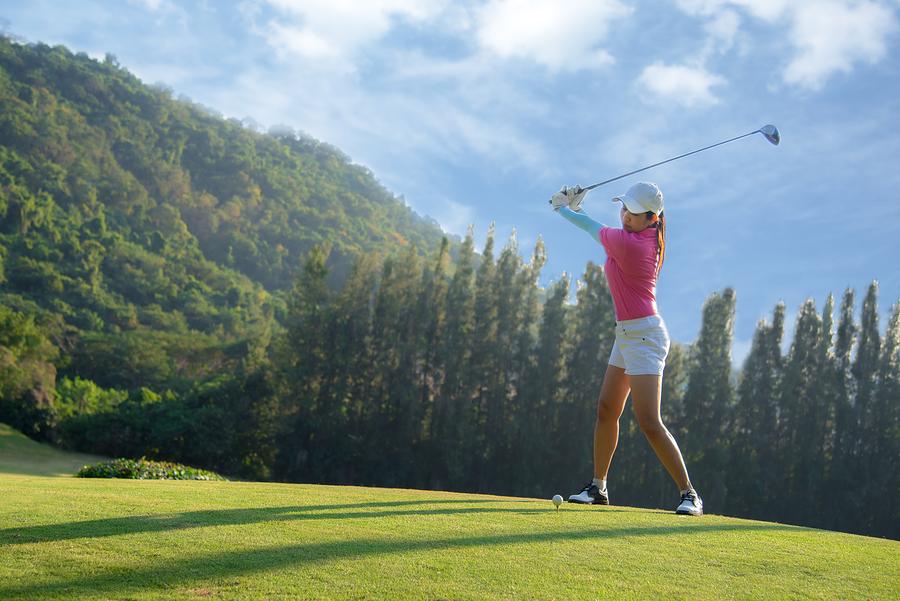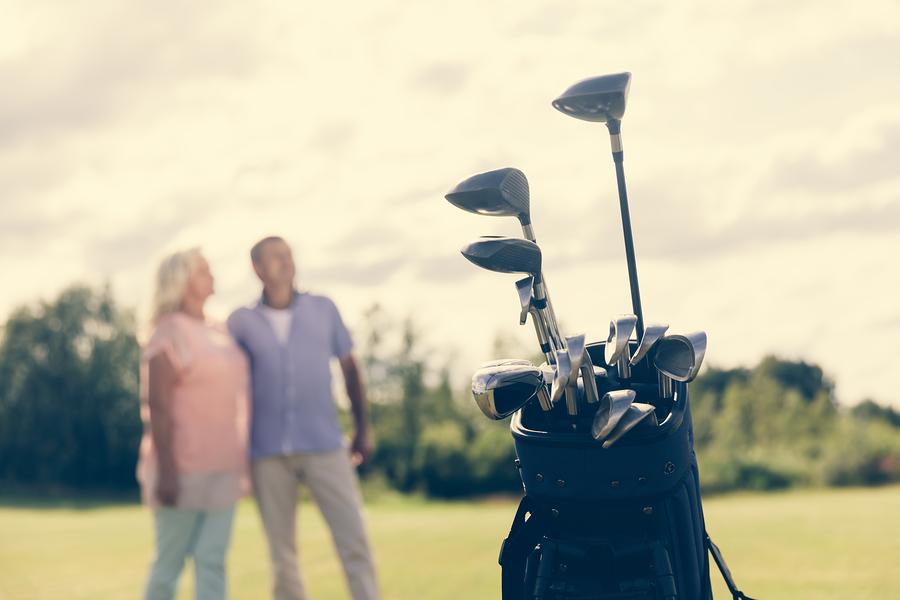
Although golf is generally a relaxing pastime that does not require much physical exertion, it is surprisingly an activity where injuries can occur. This is often the result of the same repetitive movements happening regularly due to the nature of the game.
The motion of swinging a golf club can place a significant amount of stress on certain parts of the body, and this can then lead to ongoing issues over time. Read on to learn more about common golfing injuries and the best ways to protect against them!
Common Golfing Injuries
Injuries to the wrist, hip, spine, knees, ankles, and elbows are among the most common when it comes to golf injuries. It is also not uncommon for a seasoned golfer to experience numbness or pain in one or both of their hands if they have been playing frequently for several years. This is of course a problem that should always be prevented as much as is possible!
Preventing Golfing Injuries
Adequate strengthening of the muscles in question is one of the best ways to work to prevent injuries caused by playing golf.
It is also very beneficial to warm the body up before embarking upon a round of golf. As you warm the body up through a series of pre-determined movements, you are preparing it for the more intense activity that it is about to go through.
After a warm up, the blood will flow more freely throughout your body, and the temperature of your muscles will be increased. This is important because warmer muscles are much less likely to incur injury!

It may seem like a small aspect of overall health to pay attention to, but staying hydrated can help you to prevent injuries when you are playing golf. The body is much more able to function as it should when it has the water that it requires. So, carry a bottle of water with you at all times and sip from it regularly.
Golfers Elbow
Inflammation of the tendons of the elbow is one of the most prevalent conditions that afflicts golfers. As the tendons in this area become slowly damaged over time with over-use, then pain will begin to present and the range of motion can become affected.
Strengthening the muscles of the forearm will help to prevent golfers elbow. The following exercises are fantastic for building the muscles of the forearm:
- Wrist flexion with a dumbbell
- Wrist extension with a dumbbell
- Reverse curls with a dumbbell
- Pull-ups
Lower Back Pain
Alongside golfers elbow, lower back pain is also among the most common health complaints experienced by golfers.
When pain is present in the lower back, then it can mean that the golfers swing isn’t entirely correct, but making adjustments can help.
As the body rotates to swing the club, the spine, and the muscles that support the spine, are placed under considerable stress. If the golfer also has poor muscle strength or is generally not very flexible, then the potential for injury increases.
A Word About Arthritis
If you are already aware that you are suffering from arthritis then it becomes all the more essential that you protect your body against injury on the course.
Taking anti-inflammatory medication before you play golf can help to protect your body against the impact of golfing. Furthermore, warming up properly, as previously discussed, will also help to alleviate the impact of this activity on your body.
Pay Attention to Posture
The way in which you hold your body, both whilst you are hitting the ball and also whilst you are moving from one shot to the next, can have an impact on how prone to injury you are.
When you are taking a swing, be sure to stand with your feet shoulder-width apart with each foot pointing outwards slightly. Maintain a slight bend in the knees, but ensure that your spine remains mostly straight.
Recovery From Golfing Injuries
Although it is possible to lower the chance of experiencing a golfing injury, there is no way to protect against it entirely. However, one thing that you can have control over is the quality of care that you receive if you do become injured.
Click to read more about golfing injuries and the care required following an incident.
References
1) https://www.mayoclinic.org/healthy-lifestyle/fitness/in-depth/golf/art-20047434
Related Posts
Cigarettes May Inhibit Inflammation Treatments
Axial spondyloarthritis, also known as AxSpa, is a chronic…









